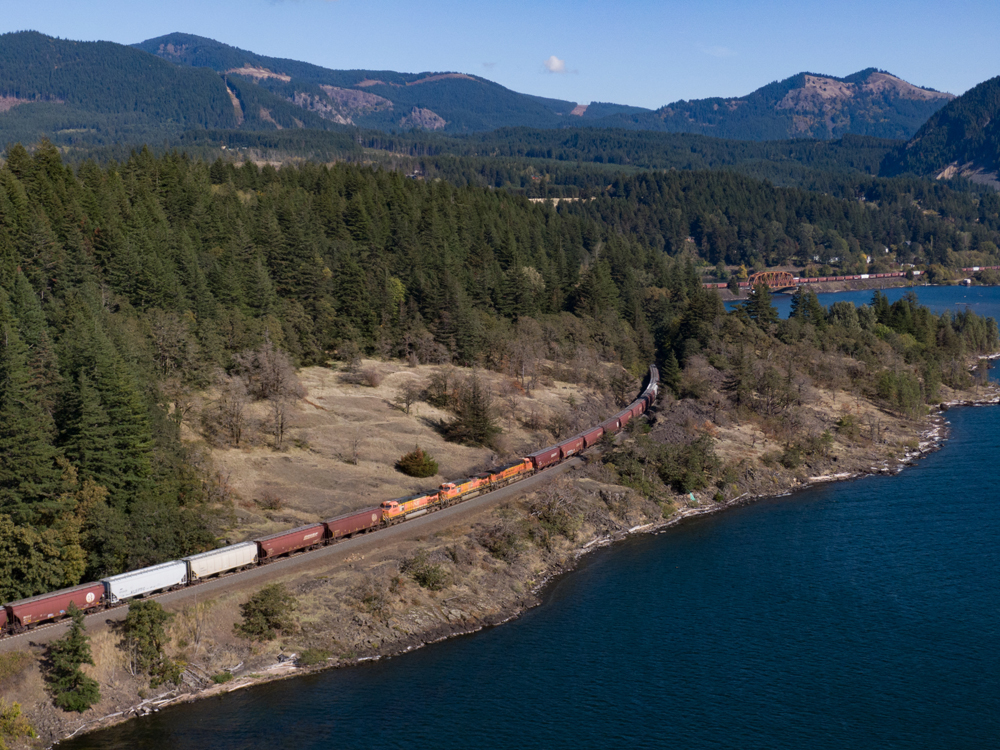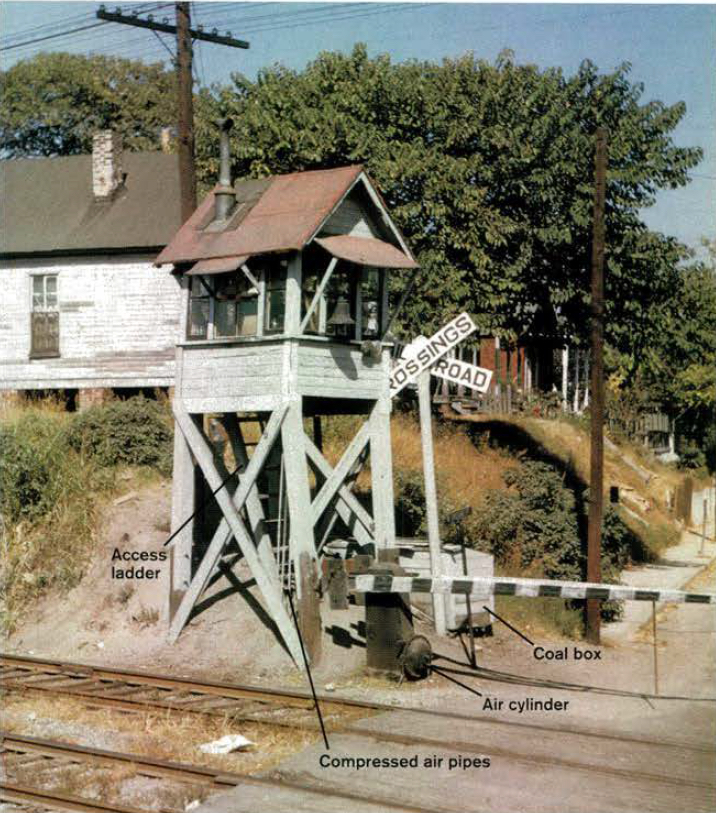Distributed power

In North America, the railroad network is firmly entrenched with operating longer trains. Technology such as distributed power, which places engine consists at different points in a train, has made longer trains safer and easier to handle from an engineer’s point of view.
Maintaining reliable constant communication to control these unmanned remote locomotives, as well as with the rear-end device, has been a challenge for railroads, especially those operating in hilly or mountainous terrain when things like cuts and tunnels can affect communication. Field-installed repeater radio systems have reduced some of the issues, but now a prominent manufacturer has announced a new way to keep everything linked with the head-end consist. Wabtec’s LOCOTROL Expanded Architecture, or LXA, promises improved communication ability when operating in distributed power.
The communication improvements between the head end and distributed power center around the use of multiple radio paths between consists. LXA also has the ability to pass messages between the head end and remote locomotive consists via the positive train control system, if one exists on the track being operated. In a majority of the PTC systems in use, a monitored device in the field (such as an intermediate signal or control point) has an antenna to connect it to the PTC network wirelessly. PTC also uses cellular and Wi-Fi for redundancy in data communication, depending on the device and/or location. PTC-equipped locomotives are set up to access all three communication paths to keep connected to the system. LXA has the ability to use this network, via any of the three communication options, to pass distribute power information along to remote consists in the train.
Rear-end device communication is improved by using LXA-equipped locomotives as mid-train DP consists, where they can act as a repeater for communications between the front and rear of a train. LXA also allows communication to and from the rear end device to make use of the distributed power radios on a locomotive, providing redundant radio paths. Continuous communication is important, as loss of contact with the rear end of device slows or stops a trains movement depending on the location and steepness of grades being traversed at the time of failure.














